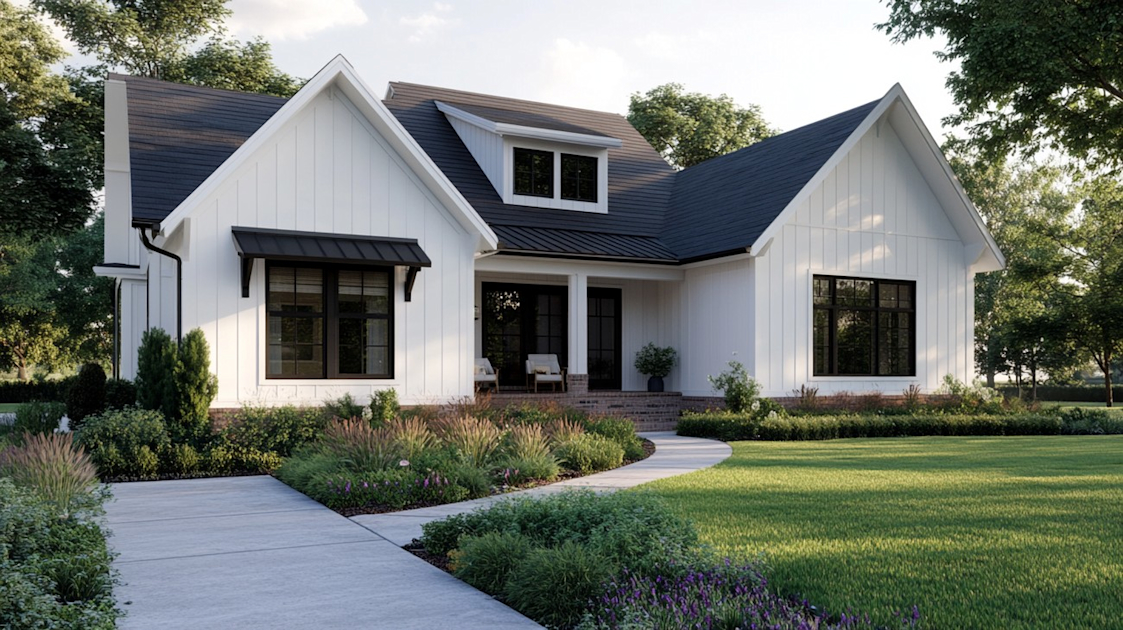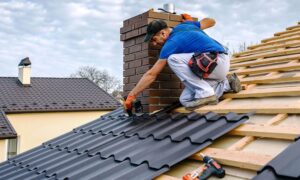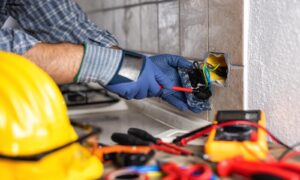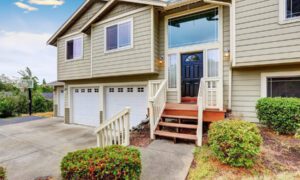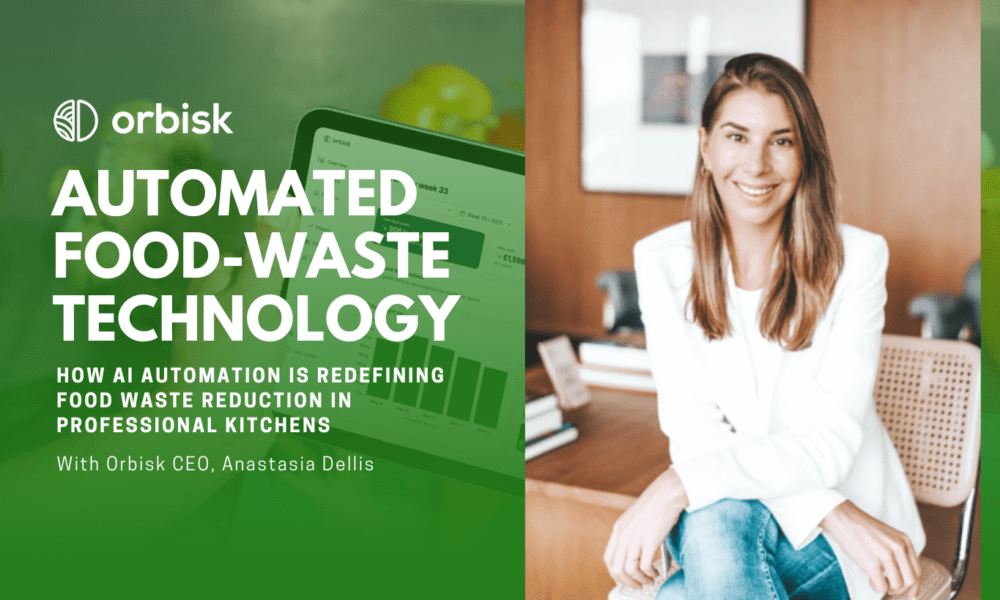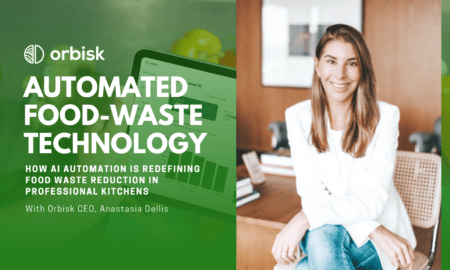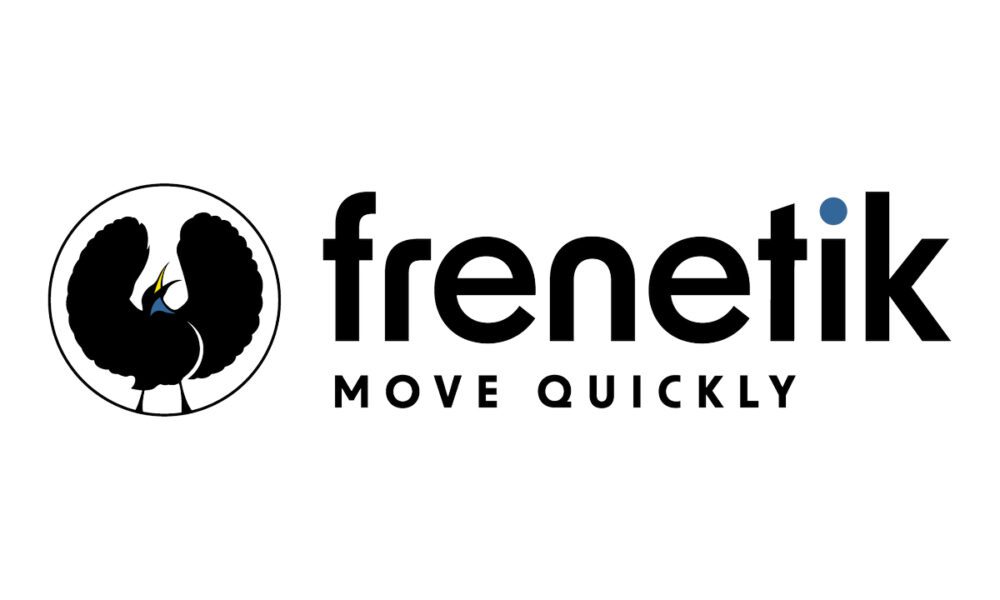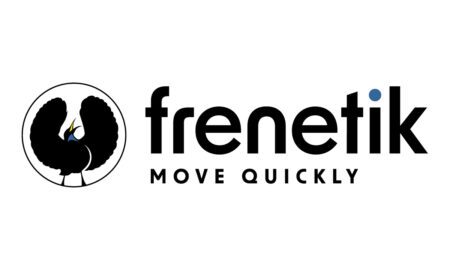Introduction
When it comes to home exteriors, homeowners are constantly balancing cost, aesthetics, durability, and maintenance. One option that checks all of these boxes—often better than any other material—is vinyl siding.
Originally introduced in the 1950s as a low-maintenance alternative to aluminum, vinyl siding has undergone decades of improvements in technology, durability, and design. Today, it’s one of the most popular cladding materials in residential construction, valued for its resilience, wide range of styles, and excellent return on investment.
This comprehensive guide covers everything you need to know about vinyl siding—what it is, how it’s installed, its pros and cons, available styles, cost factors, and why it might be the perfect exterior solution for your home.
- What Is Vinyl Siding?
Vinyl siding is a type of plastic exterior cladding made primarily from polyvinyl chloride (PVC) resin, combined with other elements to improve flexibility, color retention, and durability. It is designed to mimic the appearance of traditional wood siding, but with much lower maintenance requirements.
Key Characteristics:
- Lightweight yet durable
- Available in a variety of colors and textures
- Resistant to moisture, insects, and rot
- Requires minimal maintenance (no painting or staining)
Vinyl siding is typically installed in long, horizontal strips, although vertical and specialty options are also available. It can be used in new construction or retrofitted onto existing homes.
- Benefits of Choosing Vinyl Siding
Vinyl siding has risen to prominence for a number of compelling reasons. Here are the key advantages that make it a standout exterior cladding choice:
✅ 1. Affordability
Vinyl is one of the most cost-effective siding materials on the market. Its lower purchase and installation costs make it a popular choice for budget-conscious homeowners.
✅ 2. Low Maintenance
Unlike wood, which requires regular painting or staining, vinyl only needs periodic washing to maintain its appearance. It doesn’t peel, chip, or attract pests.
✅ 3. Durability
Modern vinyl siding can withstand high winds, resist moisture damage, and is not prone to rust, corrosion, or termites. Many products come with warranties of 25–40 years or more.
✅ 4. Versatility
Vinyl siding comes in a wide range of colors, finishes, and styles—from traditional lap siding to shingles, board and batten, and even styles that mimic natural stone or wood grain.
✅ 5. Energy Efficiency
Insulated vinyl siding options include a foam backing that helps improve a home’s thermal performance, reducing energy costs over time.
✅ 6. Easy Installation
Vinyl is relatively easy to install, meaning lower labor costs and quicker project timelines.
- Popular Styles of Vinyl Siding
One of vinyl siding’s biggest appeals is its wide range of aesthetic choices. It allows homeowners to achieve virtually any exterior look—from rustic to modern—without the high cost of premium materials.
🏠 1. Horizontal Lap Siding
Also known as clapboard or Dutch lap, this is the most common style. It mimics traditional wood siding with long, overlapping panels.
🏠 2. Vertical Siding
Often used as an accent on gables or entire walls for a modern twist. Board and batten is a popular vertical variation.
🏠 3. Shake and Shingle Siding
Designed to resemble hand-split wood shakes or cedar shingles, this style adds texture and detail to any home façade.
🏠 4. Scalloped Siding
Ideal for Victorian-style homes or as decorative accents, scalloped panels offer a distinctive, curved edge.
🏠 5. Insulated Siding
Incorporates foam insulation on the back of panels to enhance energy efficiency and reduce noise.
With vinyl siding, you don’t have to compromise on curb appeal to gain durability and affordability.
- The Installation Process Explained
Although it may appear straightforward, vinyl siding installation requires experience and precision. Improper installation can lead to warping, buckling, or water damage.
🔧 Step-by-Step Overview:
- Preparation
- Remove old siding if necessary.
- Repair or reinforce the wall structure.
- Install house wrap or moisture barrier for added protection.
- Starter Strip Installation
- Set the foundation for horizontal alignment.
- Panel Installation
- Panels are nailed loosely to allow for expansion and contraction with temperature changes.
- J-channels are installed around windows and doors to create clean lines and keep water out.
- Trimming and Finishing
- Install corner posts, soffits, and fascia to complete the look and provide full coverage.
Hiring a professional installer is highly recommended to ensure the product performs as intended and maintains warranty eligibility.
- Maintenance Tips for Long-Term Performance
Vinyl siding is known for being low-maintenance, but it still benefits from occasional upkeep to preserve its appearance and function.
🧽 Maintenance Checklist:
- Wash annually with a soft brush or pressure washer (on a low setting).
- Inspect for cracks or loose panels after storms or seasonal changes.
- Avoid direct heat sources, like grills placed too close to the siding.
- Trim vegetation to prevent mold and mildew growth.
With these simple steps, your vinyl siding can look great for decades.
- How Much Does Vinyl Siding Cost?
The cost of installing vinyl siding can vary depending on several factors:
💲 Price Variables:
- Quality and thickness of the siding
- Type/style (e.g., standard vs. insulated)
- Size and shape of the home
- Labor rates in your area
- Additional repairs or preparations needed before installation
- Common Myths About Vinyl Siding
There are many misconceptions that may cause hesitation when considering vinyl siding. Let’s clear some of them up.
❌ Myth: It Looks Cheap
While early vinyl products had a plastic-like appearance, modern versions offer realistic wood grains, deep color tones, and detailed styling that rival high-end materials.
❌ Myth: It Can’t Handle Extreme Weather
High-quality vinyl siding is engineered to withstand winds up to 110–140 mph and resist fading from UV exposure.
❌ Myth: It Harms Resale Value
On the contrary, replacing old siding with vinyl can yield a return on investment of 60–80% or more, depending on the market.
- Environmental Impact and Sustainability
Vinyl siding may not be as eco-friendly as wood or fiber cement at first glance, but it has some sustainable benefits:
- Long lifespan means less frequent replacement and waste.
- Insulated vinyl improves energy efficiency, reducing fossil fuel use.
- Low maintenance reduces the need for paints, stains, and solvents.
- Recyclable through specialized programs.
Many manufacturers also follow green building practices and are certified by programs like ISO 14001 and NAHB’s Green Building Standard.
- Is Vinyl Siding Right for Your Home?
While it’s an excellent choice for many homeowners, vinyl siding isn’t ideal for every situation.
✅ Best Suited For:
- Homeowners wanting a low-maintenance exterior
- Budget-conscious remodels or new builds
- Those looking for diverse aesthetic options
- Regions with moderate to harsh weather conditions
⚠️ Consider Alternatives If:
- You’re in a historic district with strict material requirements
- You want the most natural appearance (consider engineered wood or fiber cement)
- You prefer materials with lower environmental impact
Conclusion
Vinyl siding has earned its place as one of the most popular, practical, and visually versatile exterior options available today. With benefits like affordability, easy maintenance, durability, and a wide range of design choices, it’s no surprise that millions of homeowners turn to vinyl siding to enhance and protect their homes.
Whether you’re renovating an aging exterior or building your dream home from the ground up, investing in vinyl siding can deliver long-term value and peace of mind. From its improved curb appeal to its weather-resistant performance, it’s a solution that works for nearly every budget and lifestyle.
If you’re exploring siding options, don’t overlook the timeless value and modern advancements of vinyl siding—a smart investment that combines form, function, and financial sense.

